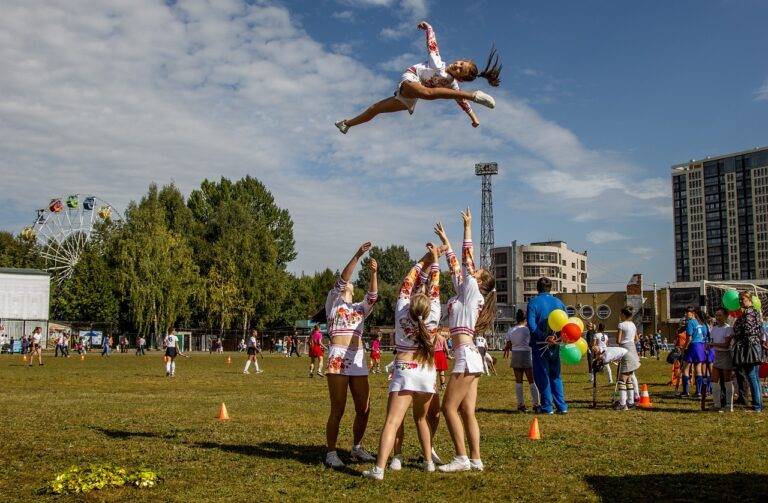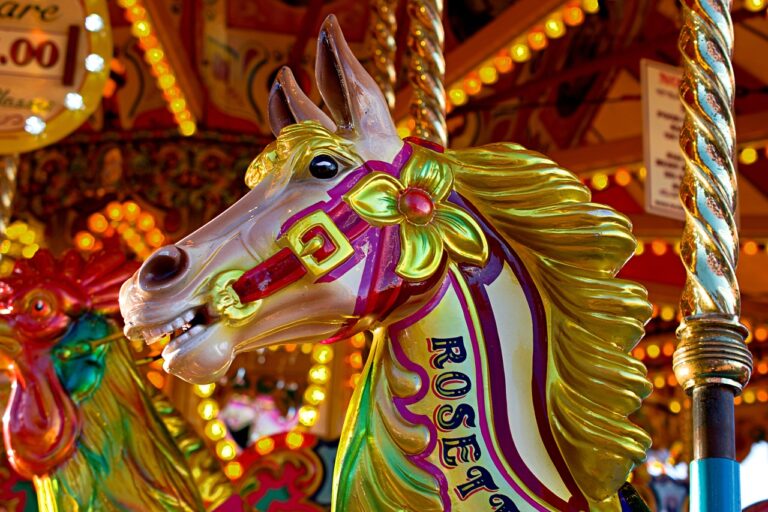Investigating the Influence of Folklore and Fairy Tales on Entertainment: Archetypes, Morality, and Symbolism
Folklore and fairy tales have a rich history deeply rooted in the fabric of human storytelling. These ancient narratives were initially crafted not merely for entertainment but served as a medium for conveying cultural beliefs, societal values, and oral traditions. Passed down through generations, these tales functioned as a way to educate, inspire, and warn individuals about the world around them.
The evolution of folklore and fairy tales into entertainment can be traced back to the Middle Ages when traveling minstrels and troubadours would regale audiences with fantastical stories to captivate and delight. As literacy rates increased and printing technology advanced, these tales were immortalized in written form, further solidifying their place in entertainment. The enduring appeal of folklore and fairy tales lies in their ability to transport audiences to magical realms, spark imagination, and offer moral lessons disguised in enchanting narratives.
The Presence of Archetypes in Folklore and Fairy Tales
Archetypes are recurring symbols, characters, or themes found in folklore and fairy tales that represent universal patterns of human nature. These timeless elements serve as a foundation for storytelling, resonating with audiences across different cultures and generations. From the hero’s journey to the wise old mentor, archetypes provide familiar frameworks that allow readers and listeners to connect on a deeper level with the narratives presented to them.
One of the most well-known archetypes in folklore and fairy tales is the damsel in distress, a vulnerable maiden in need of rescue by a brave hero. This archetype reflects the traditional gender roles and power dynamics prevalent in societies throughout history. Similarly, the trickster archetype, often embodied by characters like the cunning fox or mischievous fairy, challenges social norms and conventions, bringing humor and chaos into the stories. These archetypes not only entertain audiences but also offer insights into the complexities of the human experience, showcasing the eternal struggle between good and evil, light and darkness.
• Archetypes are recurring symbols, characters, or themes found in folklore and fairy tales
• They represent universal patterns of human nature
• Serve as a foundation for storytelling
• Resonate with audiences across different cultures and generations
One of the most well-known archetypes in folklore and fairy tales is the damsel in distress:
– Represents traditional gender roles and power dynamics
– Reflects societies throughout history
The trickster archetype is also prevalent:
– Embodied by cunning foxes or mischievous fairies
– Challenges social norms and conventions
These archetypes not only entertain audiences but also offer insights into the complexities of the human experience:
– Showcasing eternal struggle between good and evil, light and darkness
The Role of Morality in Folklore and Fairy Tales
Morality is a fundamental aspect woven into the fabric of folklore and fairy tales, serving as a guiding force for both the characters within these stories and the audiences who engage with them. These tales often present moral dilemmas, ethical choices, and consequences for actions, teaching valuable lessons about right and wrong through the experiences of their protagonists. By exploring themes of justice, kindness, loyalty, and courage, folklore and fairy tales provide a moral compass for individuals to navigate the complexities of life.
Through the portrayal of characters faced with moral challenges and ethical decisions, folklore and fairy tales offer insights into human nature and societal values. Whether it is the triumph of good over evil, the consequences of greed and arrogance, or the importance of humility and compassion, these stories reflect universal truths about morality that resonate across cultures and generations. By examining the moral dilemmas presented in folklore and fairy tales, we gain a deeper understanding of the human experience and the timeless lessons that continue to shape our understanding of right and wrong.
What is the significance of morality in folklore and fairy tales?
Morality plays a crucial role in folklore and fairy tales as it often serves as a tool for teaching ethical values and lessons to the audience, especially children.
How do folklore and fairy tales incorporate moral lessons?
Folklore and fairy tales use characters, plotlines, and conflicts to illustrate moral dilemmas and outcomes, providing a clear message or lesson for the audience to learn from.
Why are moral lessons important in folklore and fairy tales?
Moral lessons help to instill values, virtues, and ethical principles in individuals, shaping their understanding of right and wrong and guiding their behavior and decision-making.
Are moral lessons always explicit in folklore and fairy tales?
While some moral lessons in folklore and fairy tales are overt and clearly stated, others may be more subtle or implied, requiring the audience to interpret and reflect on the underlying message.
How do archetypes contribute to the moral themes in folklore and fairy tales?
Archetypes, such as heroes, villains, and mentors, embody moral qualities and characteristics that resonate with universal human experiences, reinforcing the moral themes and lessons present in folklore and fairy tales.





